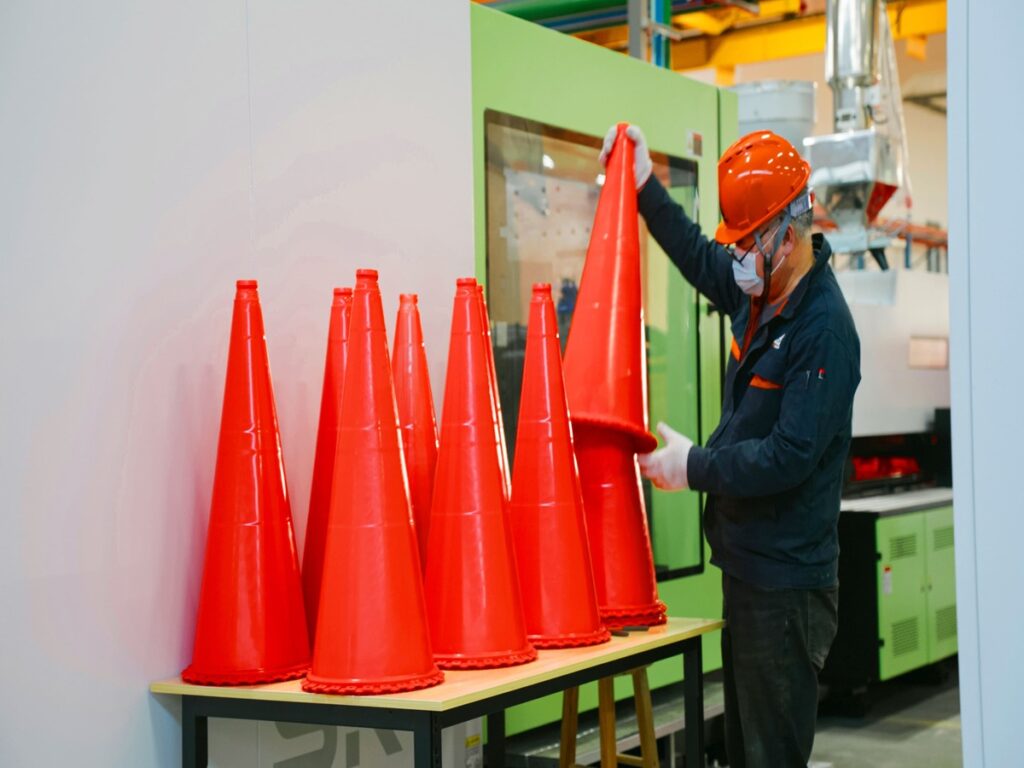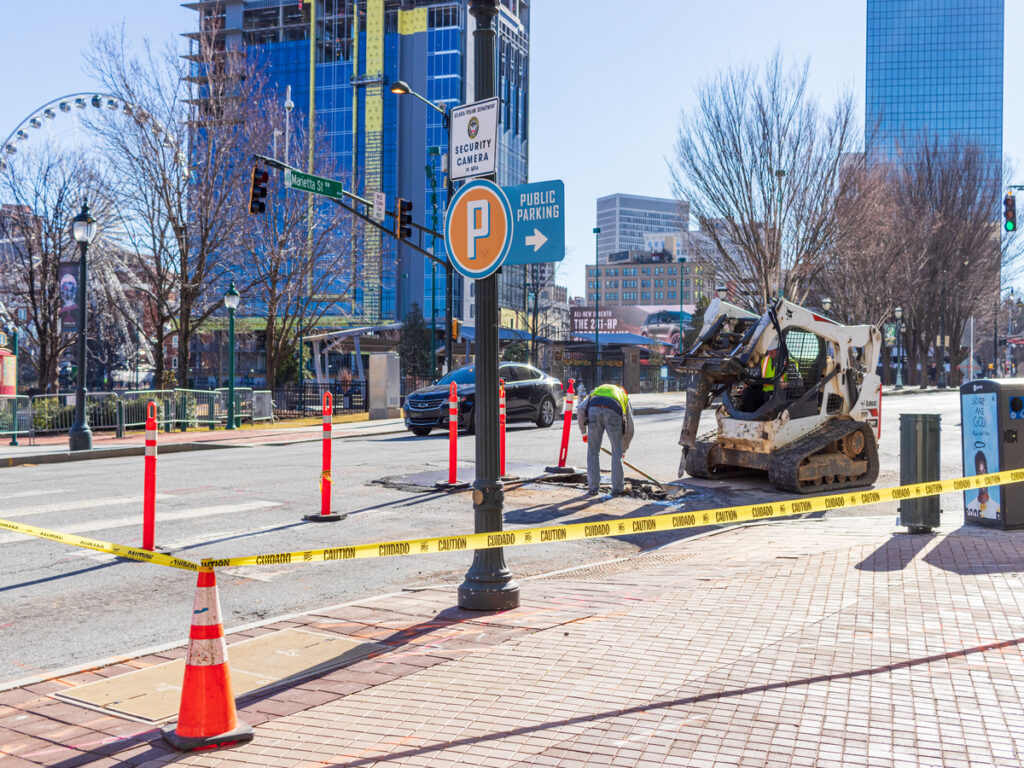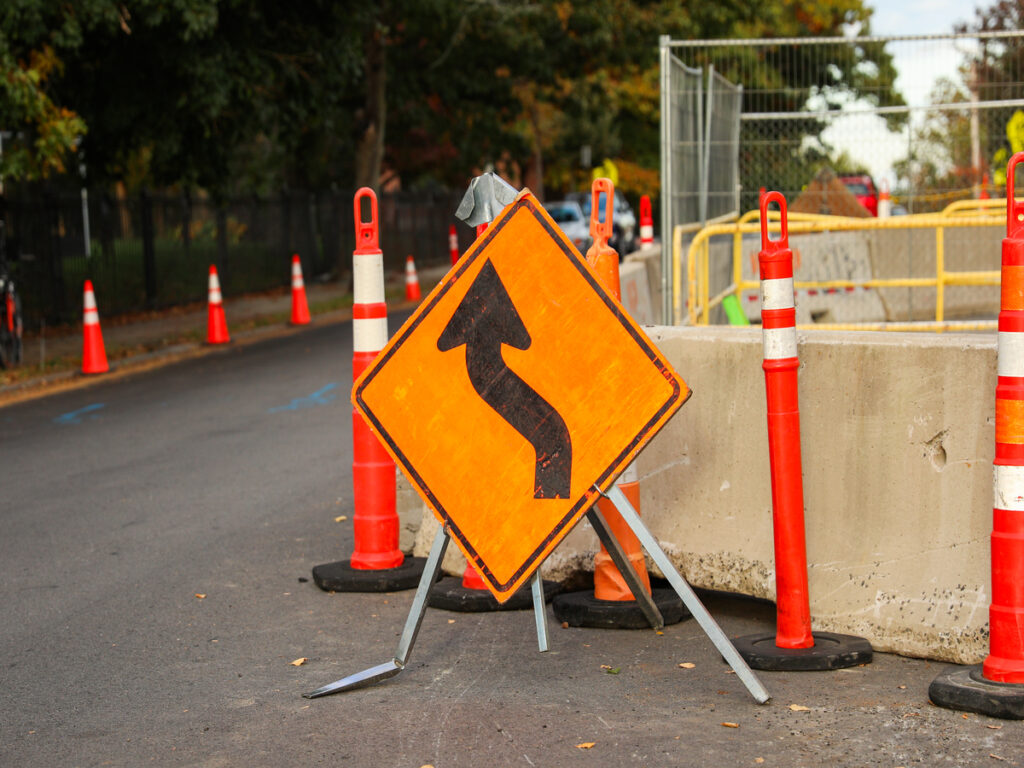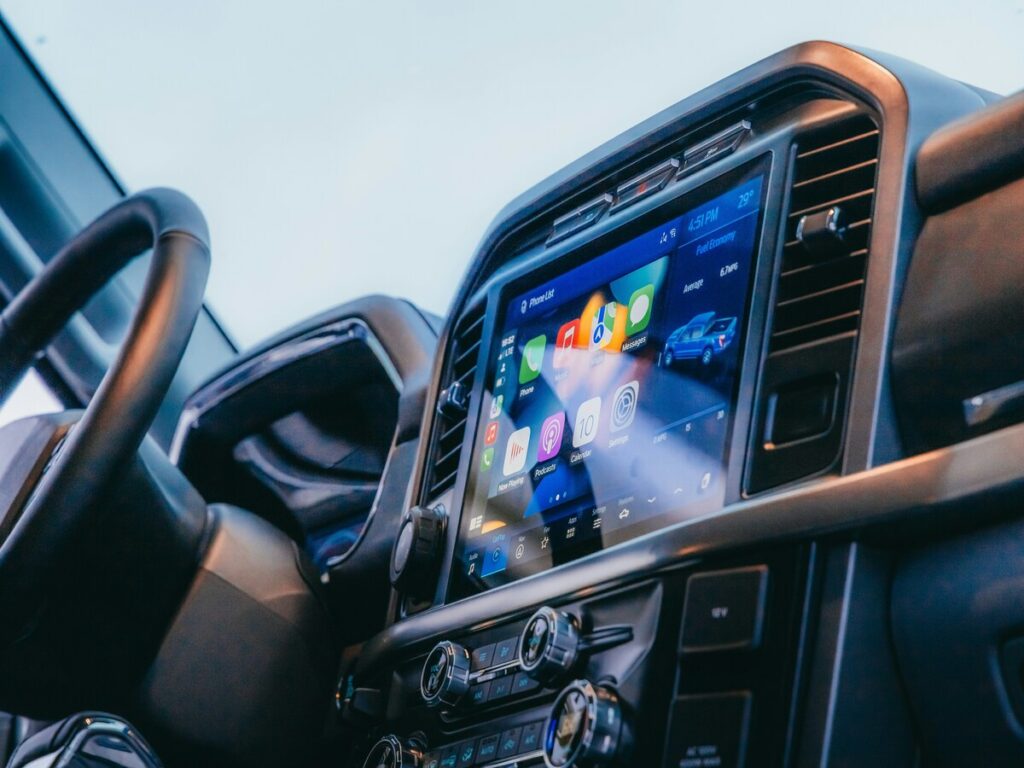
Conos de tráfico desempeñan un papel vital en la guía de vehículos autónomos a través de condiciones de carretera en constante cambio. Estos conos para el control de tráfico sirven como marcadores esenciales, ración autos autónomos interpretar zonas de construcción, cierres de carril, y desvíos temporales. Sin embargo, Su interacción con los sistemas autónomos revela desafíos significativos. Por ejemplo, Colocar un cono de tráfico en el capó de un automóvil autónomo puede confundir sus sensores, forzándolo en modo de apagado. Dichos incidentes resaltan la necesidad de sistemas de detección avanzados para garantizar una navegación perfecta. Abordar estos desafíos es crucial para construir carreteras más seguras y avanzar en la tecnología autónoma.
Cómo los autos autónomos detectan conos para el control del tráfico
Vehículos autónomos Confíe en tecnologías avanzadas para detectar e interpretar conos para el control de tráfico. Estos sistemas aseguran que los autos autónomos naveguen de manera segura a través de zonas de construcción, desvíos temporales, y otros entornos de carretera dinámicos. Abajo, Explorará las tecnologías clave que habilitan este proceso de detección.
El papel de LiDAR en la detección de cono de tráfico
Lidar (Detección de luz y rango) juega un papel crucial en ayudar a los vehículos autónomos a identificar conos de tráfico. Esta tecnología utiliza pulsos láser para crear detallados 3D Mapas del entorno circundante. Analizando los reflejos de estos haces láser, Sistemas lidar puede detectar con precisión objetos, incluyendo conos de tráfico, Incluso en configuraciones complejas.
Por ejemplo, a Prototipo de detección de cono de tráfico basado en LiDAR demostró cómo esta tecnología puede identificar la ubicación exacta y la forma de los conos de tráfico. Esta precisión permite que los autos autónomos tomen decisiones informadas sobre su camino. Lidar's La capacidad de trabajar de manera efectiva en condiciones de poca luz mejora aún más su confiabilidad. Sin embargo, Su alto costo y sensibilidad a las condiciones climáticas siguen siendo desafíos para la adopción generalizada.
Cámaras y reconocimiento de imágenes para identificar conos de tráfico
Las cámaras combinadas con los algoritmos de reconocimiento de imágenes proporcionan otro método para detectar conos de tráfico. Estos sistemas capturan datos visuales y usan modelos de aprendizaje automático para clasificar los objetos.. Algoritmos avanzados, como los basados en el Mejorado Yolov5 Algoritmo de detección objetivo del cono de tráfico, han mostrado una precisión notable en la identificación de conos para el control de tráfico.
El reconocimiento de imágenes sobresale en la distinción de los conos de tráfico de otros objetos analizando su color, forma, y tamaño. Por ejemplo, un estudio sobre 3D Detección de objetos de conos de tráfico utilizando cámaras monoculares destacó cómo las configuraciones de una sola cámara pueden lograr una detección de cono confiable. Este enfoque reduce los costos de hardware mientras mantiene la efectividad. Sin embargo, La mala iluminación o el clima adverso pueden limitar el rendimiento de los sistemas basados en la cámara.
Para detectar conos de tráfico con precisión, Es esencial comprar claro, estable, y conos de tráfico que cumplen con el estándar. OPCIONES Ofertas confiables conos de trafico y otras instalaciones de tráfico.
El radar y sus limitaciones en la detección de conos de tráfico
Tecnología de radar, comúnmente utilizado en vehículos autónomos, Detecta objetos emitiendo ondas de radio y midiendo sus reflexiones. Mientras que el radar es excelente para identificar objetos grandes como vehículos y peatones, Lucha con artículos más pequeños como conos de tráfico. El material y el tamaño de un cono de tráfico pueden hacer que sea menos reflexivo para las señales de radar, Reducción de la precisión de detección.
A pesar de estas limitaciones, el radar sigue siendo valioso por su capacidad para funcionar en todas las condiciones climáticas. Cuando se combina con lidar y cámaras, Radar agrega una capa adicional de seguridad mediante la verificación cruzada de objetos detectados. Este enfoque multisensor asegura que los autos autónomos puedan navegar de manera segura, Incluso en entornos desafiantes.
Desafíos que enfrentan los vehículos autónomos con conos de tráfico
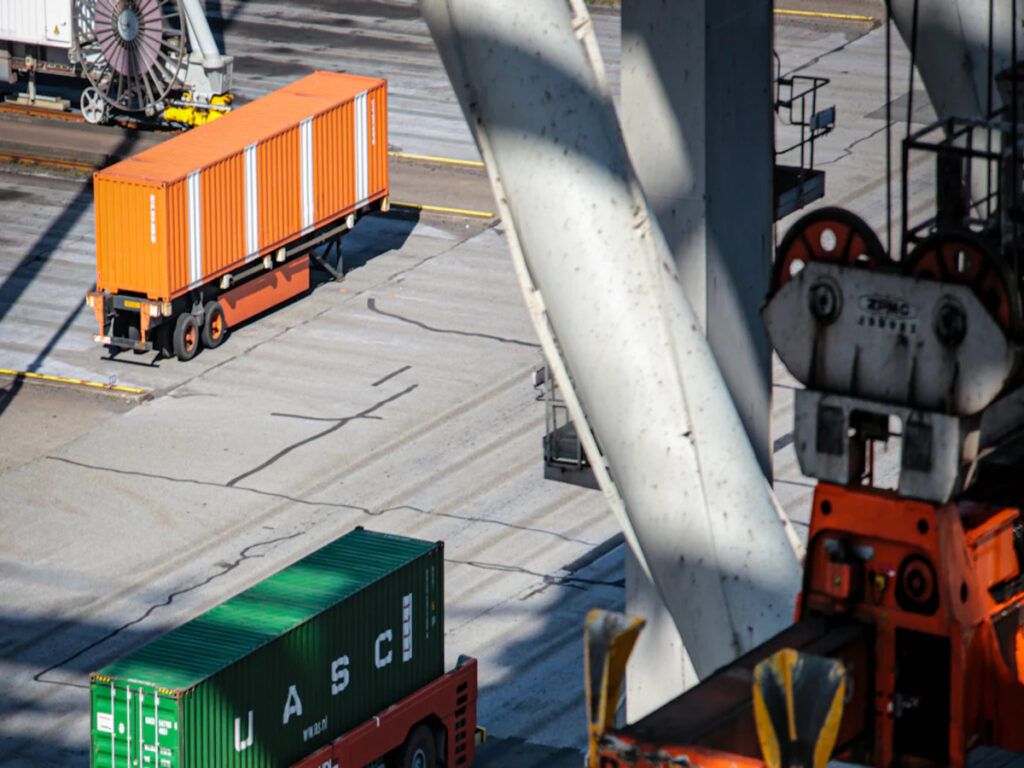
Interpretación errónea de conos de tráfico como otros objetos
Los vehículos autónomos dependen de algoritmos avanzados para identificar objetos en la carretera. Sin embargo, Estos sistemas a veces malinterpretan los conos de tráfico como otros objetos. Por ejemplo, Un cono de tráfico puede confundirse con un pequeño peatón o un pedazo de escombros. Esta confusión ocurre porque los modelos de reconocimiento de objetos dependen de características específicas como la forma, tamaño, y color. Cuando estas características se superponen con otros objetos, El sistema lucha por diferenciarlos.
Modelos de aprendizaje automático, como Yolov5-S, han mostrado una alta precisión al reconocer los conos de tráfico. Todavía, Incluso los modelos más avanzados enfrentan desafíos en entornos complejos. Por ejemplo, Los conos de control de tráfico colocados cerca de las superficies reflectantes o rodeados de desorden pueden confundir los sistemas de detección. Mejorar los algoritmos de reconocimiento ayudará a reducir estos errores y garantizar la navegación más segura.
Por lo tanto, La elección del color para los conos de tráfico es crucial en este caso.. OPCIONES oferta conos de trafico En varios colores, y si los clientes tienen requisitos específicos, Optsigns también proporciona servicios de personalización.
Pual visibilidad de los conos en el clima o iluminación adversa
Las condiciones climáticas y la iluminación afectan significativamente la capacidad de los vehículos autónomos para detectar conos de tráfico. Lluvia, niebla, y la nieve oscurece la visibilidad de los conos, haciendo que sea más difícil para los sensores identificarlos. Similarmente, low-light conditions at night or during early mornings reduce the effectiveness of cameras and image recognition systems.
Different detection technologies perform variably under these conditions. Por ejemplo:
- Lidar excels in low-light environments but struggles in heavy rain or snow.
- Cámaras provide detailed visual data but fail in poor lighting or when glare is present.
- Radar works well in adverse weather but lacks the precision needed for smaller objects like traffic cones.
A study comparing YOLOv5-s, YOLOv5-Lite-s, and YOLOv5-Lite-e revealed that YOLOv5-s maintained the highest recognition accuracy. Sin embargo, YOLOv5-Lite-e struggled in extreme weather, highlighting the need for robust systems that can adapt to varying conditions.
Navigating Dynamic Environments with Cones for Traffic Control
Dynamic environments, such as construction zones or accident sites, pose unique challenges for autonomous vehicles. Traffic cones in these areas often change positions, creating unpredictable scenarios. Self-driving cars must quickly adapt to these changes to ensure safe navigation.
Por ejemplo, a construction zone might require vehicles to merge into a single lane. If workers reposition cones for traffic control, the vehicle must detect these changes in real time. Delays in detection or misinterpretation can lead to unsafe decisions. Combining multiple sensor technologies, such as LIDAR, cámaras, y radar, enhances the vehicle’s ability to navigate these dynamic settings.
Además, temporary or misplaced cones add another layer of complexity. A fallen cone might block a lane, requiring the vehicle to reroute. Advanced algorithms and real-time updates from vehicle-to-infrastructure communication can help address these challenges. By improving adaptability, autonomous vehicles can better handle the unpredictability of dynamic environments.
Real-World Scenarios Involving Traffic Cones
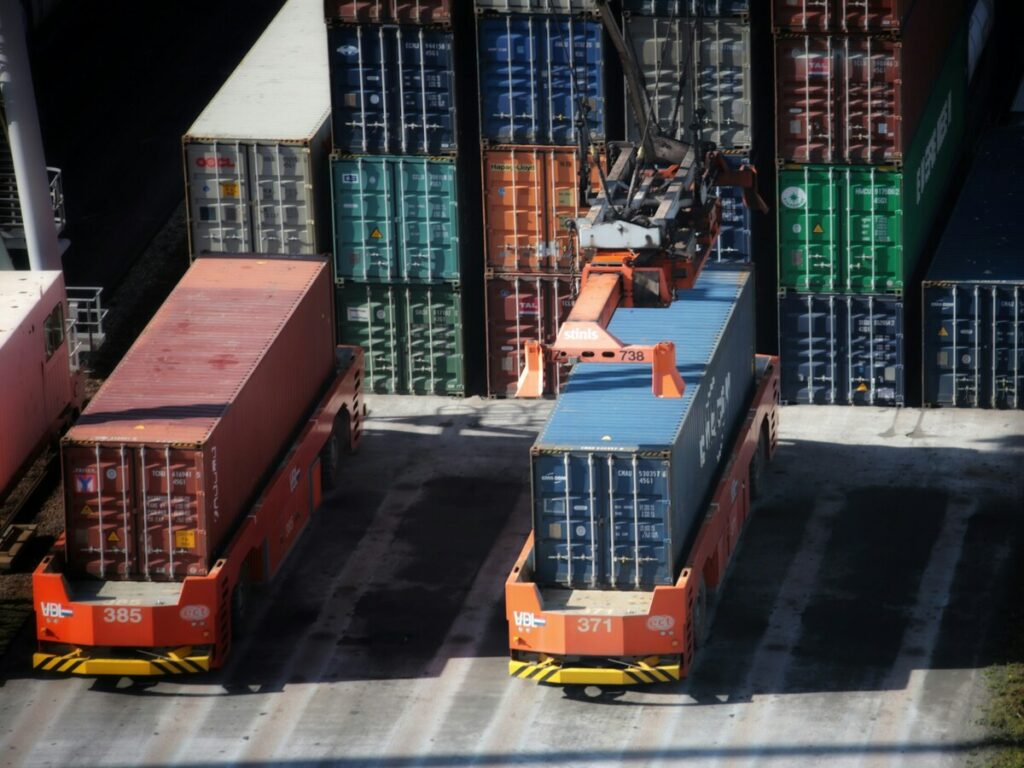
Construction Zones and Temporary Traffic Patterns
You encounter traffic cones most often in construction zones. These cones for traffic control guide vehicles through temporary traffic patterns, ensuring safety for both drivers and workers. Autonomous vehicles must interpret these cones accurately to navigate such areas without causing disruptions. Por ejemplo, a construction zone might require a lane shift or a complete detour. Self-driving cars rely on their sensors to detect these changes and adjust their routes accordingly.
Sin embargo, the dynamic nature of construction zones presents challenges. Workers frequently reposition cones to accommodate ongoing tasks. This constant movement requires autonomous systems to process real-time updates. Without precise detection and interpretation, a self-driving car might misjudge the path, leading to unsafe maneuvers. Enhancing sensor technology and integrating vehicle-to-infrastructure communication can help address these issues, ensuring smoother navigation through construction zones.
Unexpected Encounters with Misplaced or Fallen Traffic Cones
Misplaced or fallen traffic cones create unexpected obstacles on the road. You might see a cone lying in the middle of a lane or positioned incorrectly due to wind or human error. For autonomous vehicles, these scenarios demand quick decision-making. A fallen cone could block the intended path, forcing the vehicle to reroute or stop entirely.
En algunos casos, misplaced cones lead to confusion. A self-driving car might interpret a cone in an unusual position as a signal to change lanes or halt unnecessarily. This misinterpretation disrupts traffic flow and highlights the need for advanced algorithms capable of distinguishing between intentional and accidental cone placements. By improving object recognition systems, autonomous vehicles can better handle these unpredictable situations.
Vulnerabilities Exposed by Traffic Cone Placement on Self-Driving Cars
Traffic cones have exposed vulnerabilities in autonomous vehicle systems. Protesters in San Francisco demonstrated this by placing cones on the hoods of self-driving cars. This simple act caused the vehicles to enter shutdown mode, rendering them immobile until technicians intervened. These incidents reveal how easily external factors can disrupt autonomous operations.
“Protesters armed with traffic cones are proving that autonomous driving technology is not yet ready for widespread use.”
This quote from recent reports underscores the importance of addressing these weaknesses. You might wonder why a single traffic cone can immobilize such advanced technology. The answer lies in the vehicle’s safety protocols. When sensors detect an object on the hood, the system halts to prevent potential damage or accidents. While this feature prioritizes safety, it also creates opportunities for misuse.
To mitigate these vulnerabilities, developers must enhance the resilience of autonomous systems. Solutions like improved sensor calibration and better object classification can reduce the likelihood of shutdowns caused by minor interferences. These advancements will strengthen public trust in self-driving technology and pave the way for broader adoption.
Potential Solutions to Improve Traffic Cone Interaction
Advancements in Sensor Technology for Better Cone Detection
Improving sensor technology can significantly enhance how autonomous vehicles detect and interpret traffic cones. Modern systems like LIDAR, cámaras, and radar already play a role, but advancements continue to push the boundaries of accuracy and reliability. Por ejemplo, researchers have developed an Improved YOLOv5 Traffic Cone Target Detection Algorithm. This algorithm increases detection precision by refining how sensors identify the unique features of traffic cones, such as their shape and color.
You benefit from these advancements because they allow self-driving cars to better navigate complex environments like construction zones. Enhanced sensors can detect cones even in poor weather or low-light conditions, reduciendo la probabilidad de errores. By integrating these cutting-edge technologies, autonomous vehicles can adapt to real-world challenges more effectively.
Standardizing Traffic Cone Design for Autonomous Systems
Standardizing the design of traffic cones can make them easier for autonomous vehicles to detect. Traffic cones currently vary in size, color, y material, which complicates the detection process. A uniform design would simplify this task, ensuring that all cones for traffic control meet specific criteria optimized for sensor recognition.
Por ejemplo, traffic cones with reflective surfaces or embedded electronic markers could improve visibility for both cameras and radar systems. A study published in Sensores highlights the importance of standardization, noting that consistent designs enhance the performance of detection algorithms like YOLOv5. You might see future traffic cones equipped with features tailored to autonomous systems, Hacer caminos más seguros para todos.
Vehicle-to-Infrastructure Communication for Real-Time Cone Updates
Vehicle-to-infrastructure (V2I) communication offers another promising solution. This technology enables autonomous vehicles to receive real-time updates about road conditions, including the placement of traffic cones. Por ejemplo, construction zones could transmit data directly to nearby vehicles, informing them of temporary traffic patterns or newly positioned cones.
You gain from V2I communication because it reduces the reliance on sensors alone. When combined with advanced detection systems, this technology ensures that self-driving cars respond accurately to dynamic environments. By leveraging real-time data, autonomous vehicles can navigate safely and efficiently, even in unpredictable scenarios.
Implications for the Safety and Development of Self-Driving Cars
Enhancing Safety in Construction Zones and Dynamic Environments
You encounter construction zones frequently on the road, and they often present unpredictable challenges. Autonomous vehicles must navigate these areas with precision to ensure driver safety and maintain smooth traffic flow. Traffic cones play a pivotal role in guiding vehicles through temporary lane shifts or detours. Sin embargo, the dynamic nature of these zones, where cones may be repositioned or fall over, demands advanced detection systems.
Modern sensor technologies, such as LIDAR and cameras, have made significant progress in identifying traffic cones even in complex environments. Por ejemplo, algorithms like those developed by Wang L. and colleagues can quickly detect cones based on their color and calculate their distance from the vehicle. These advancements allow autonomous vehicles to adapt to real-time changes in construction zones, reducing the risk of accidents caused by misinterpretation or delayed responses.
By improving the ability of self-driving cars to interpret traffic cones accurately, you benefit from enhanced safety in these high-risk areas. This progress not only minimizes potential hazards but also contributes to accident reduction, Hacer caminos más seguros para todos.
Building Public Trust Through Reliable Traffic Cone Detection
Public trust remains a critical factor in the widespread adoption of autonomous vehicles. Incidents where traffic cones disrupt the functionality of self-driving cars, such as when protesters place cones on vehicle hoods to immobilize them, highlight vulnerabilities in current systems. These events raise concerns about the reliability of autonomous technology and its readiness for real-world use.
Para abordar estos problemas, developers focus on creating robust detection systems that can distinguish between intentional and accidental cone placements. Enhanced algorithms and sensor calibration ensure that vehicles respond appropriately to various scenarios. Por ejemplo, integrating semantic scene understanding into detection systems improves the recognition of traffic cones as distinct objects crucial for traffic control.
Reliable traffic cone detection builds confidence in autonomous technology. When you see self-driving cars navigate complex environments seamlessly, your trust in their capabilities grows. This trust is essential for accelerating the transition to autonomous transportation and ensuring its acceptance by the broader public.
Accelerating the Path Toward Full Autonomy
The ability to handle traffic cones effectively represents a significant milestone on the path to full autonomy. Autonomous vehicles must demonstrate their capacity to navigate dynamic environments, including construction zones and unexpected obstacles, to achieve widespread deployment. Reliable cone detection systems play a key role in this process by enabling vehicles to make accurate decisions in real time.
Avances en tecnología de sensores, standardization of traffic cone design, and vehicle-to-infrastructure communication contribute to this progress. These innovations ensure that self-driving cars can adapt to diverse road conditions while prioritizing driver safety. As these systems become more sophisticated, you will experience the benefits of reduced traffic congestion, menos accidentes, and improved overall efficiency.
The journey toward full autonomy requires overcoming challenges like traffic cone interaction. By addressing these obstacles, developers pave the way for a future where autonomous vehicles operate seamlessly in all environments, enhancing safety and convenience for everyone.
Future Directions for Research and Development

Exploring New Sensor Modalities for Traffic Cone Detection
You might wonder how autonomous vehicles can improve their ability to detect traffic cones in complex environments. Researchers are exploring new sensor modalities to address this challenge. Current systems like LIDAR, cámaras, and radar have limitations, especially in adverse weather or low-light conditions. Para superar estos problemas, scientists are investigating advanced technologies such as hyperspectral imaging and thermal sensors. These sensors can detect unique material properties or heat signatures, making them effective even when visibility is poor.
Por ejemplo, hyperspectral imaging analyzes light across a wide spectrum, allowing it to identify specific materials used in traffic cones. Thermal sensors, por otro lado, detect heat differences, which can help distinguish cones from their surroundings. By integrating these new modalities with existing systems, autonomous vehicles can achieve more reliable detection. This advancement ensures safer navigation through dynamic environments like construction zones, where accurate cone recognition is critical.
Collaboration Between Automakers, Gobiernos, and Construction Stakeholders
Collaboration plays a vital role in advancing autonomous vehicle technology. Automakers, agencias gubernamentales, and construction stakeholders must work together to address the challenges posed by traffic cone interaction. Partnerships like the Partnership for Analytics Research in Traffic Safety (REGIONES) demonstrate the power of collaboration. This initiative brings together automakers, MITRE, y el Administración Nacional de Seguridad del Tráfico en Carreteras to improve traffic safety through data sharing.
By expanding such partnerships, stakeholders can share valuable insights and develop solutions that benefit everyone. Por ejemplo, construction companies can provide real-time updates on cone placements, while automakers can refine detection algorithms based on shared data. Governments can establish guidelines to ensure consistency in traffic cone usage. These efforts create a unified approach to improving traffic safety and enhancing the performance of autonomous vehicles.
Developing Global Standards for Traffic Cone Interaction
Standardizing traffic cone interaction is essential for the widespread adoption of autonomous vehicles. Currently, traffic cones vary in design, tamaño, and material across regions, making detection inconsistent. Developing global standards ensures that all traffic cones meet specific criteria optimized for autonomous systems. Por ejemplo,traffic cones with reflective surfaces or embedded electronic markers can improve visibility for sensors.
Global standards also promote uniformity in construction zones, reducing confusion for self-driving cars. International organizations, along with automakers and governments, can collaborate to establish these guidelines. By adopting standardized designs, you can expect autonomous vehicles to navigate more effectively, independientemente de la ubicación. This step not only enhances safety but also accelerates the integration of self-driving technology into everyday life.
Traffic cones present a unique challenge for self-driving cars, demanding precise detection and accurate interpretation. These simple yet critical tools guide vehicles through dynamic environments like construction zones and temporary traffic patterns. Overcoming these challenges is essential to improving road safety and advancing autonomous technology. By investing in research, fostering collaboration among stakeholders, and driving innovation, you can expect a future where self-driving cars seamlessly integrate into real-world scenarios. This progress will not only enhance safety but also accelerate the adoption of autonomous vehicles, making transportation smarter and more efficient.

